Kombu is a traditional Japanese food made from dried seaweed. It is primarily used for making dashi (Japanese soup stock) but is also utilized in simmered dishes, kombu-jime (kelp curing), and tsukudani (sweet-salty simmered kombu). Rich in glutamic acid, kombu is known for its umami flavor.
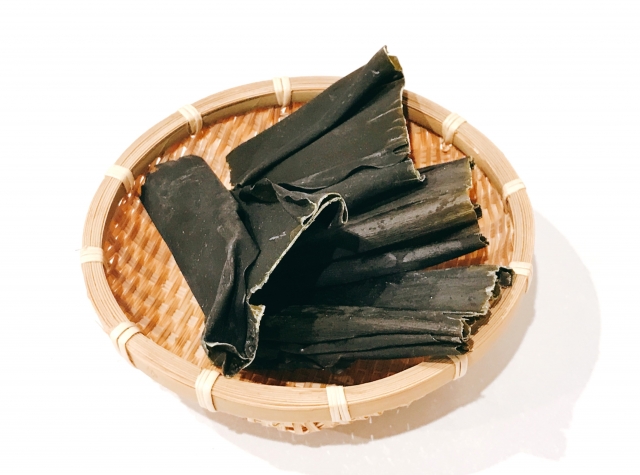
Taste, Flavor, Texture
Taste:Kombu has a naturally strong umami flavor with mild sweetness and slight saltiness. Depending on the variety, kombu-based dashi can have a rich and deep taste or a more clean and light flavor.
Flavor:Kombu carries a subtle ocean aroma, enhanced by drying and aging processes that develop a deeper, roasted fragrance. When used in dashi, it imparts a layered complexity to dishes.
Texture:Dried kombu is firm and tough, but when soaked in water, it softens and blends well with other ingredients. Thinly sliced kombu offers a slightly chewy texture that adds an interesting bite to dishes.
Nutritional Value
- Iodine: Supports thyroid health.
- Glutamic acid: The key component of umami.
- Dietary fiber: Aids digestion and gut health.
- Calcium: Strengthens bones and teeth.
- Iron: Helps prevent anemia.
Uses of Kombu
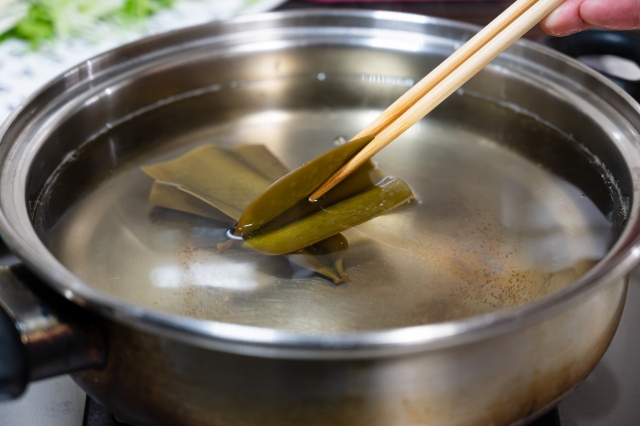
The foundation of many Japanese dishes, often combined with bonito flakes for extra umami.
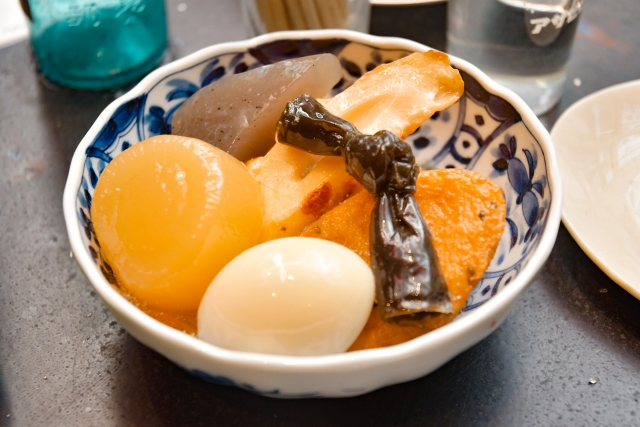
Absorbs flavors while enhancing the taste of ingredients.
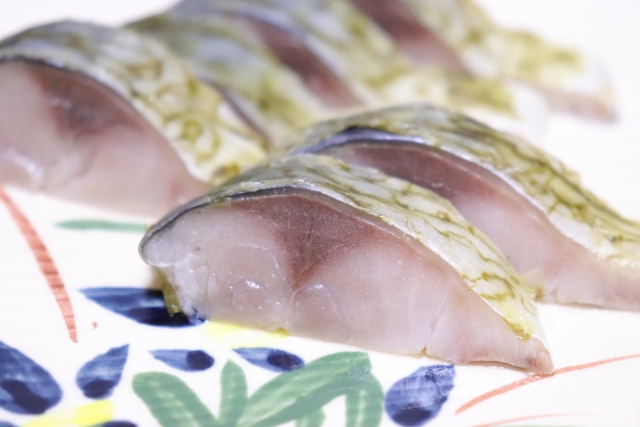
A curing method that enhances the umami of fish or meat.
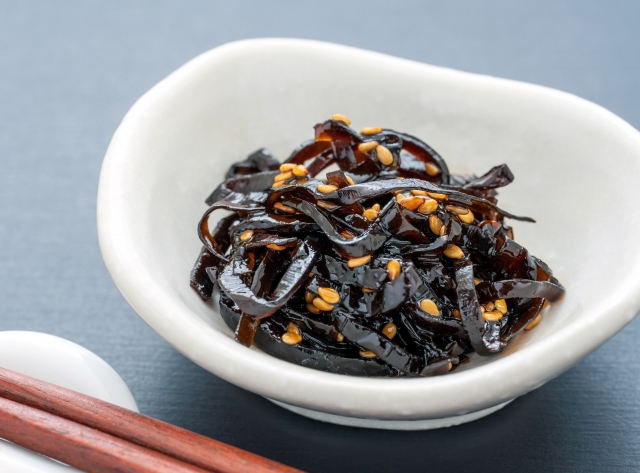
Simmered with soy sauce and sugar for a flavorful side dish.
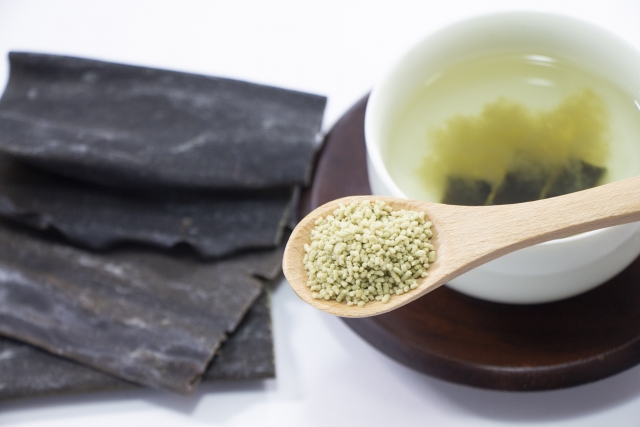
A healthful drink made by steeping powdered kombu in hot water.
Types of Kombu
Ma-Kombu
Mildly sweet and produces a clear, refined dashi, often used in high-end Japanese cuisine.
Rishiri-Kombu
Delivers a light, elegant broth, commonly used in Kyoto-style dishes.
Rausu-Kombu
Produces a rich, full-bodied dashi with deep umami notes.
Hidaka-Kombu
Softens quickly, making it ideal for simmered dishes and tsukudani.
Naga-Kombu
Long and sturdy, suitable for rolled kombu dishes.
How Kombu is made
1.Harvesting
Kombu is cultivated in cold coastal waters, primarily in Hokkaido, Japan. It is harvested between summer and autumn when it reaches optimal growth.
2.Washing
The harvested kombu is thoroughly washed to remove seawater, sand, and other impurities.
3.Drying
It is then dried naturally under the sun or using machine drying methods to remove moisture and enhance its shelf life.
4.Aging
To develop its signature umami and aroma, kombu is aged for a certain period before being distributed. This process enhances its depth of flavor.
5.Cutting
Finally, kombu is cut into various lengths and thicknesses depending on its intended culinary use.
Historical Background
Kombu has been consumed since the Jomon period (14,000–300 BCE) and became widely traded during the Edo period (1603–1868) via the Kitamae-bune (merchant ships). Today, kombu remains a staple in Japanese cuisine and is gaining popularity worldwide as a nutrient-rich superfood.
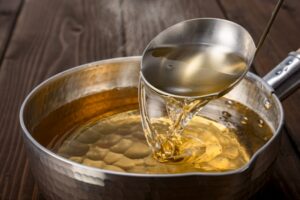
Comments